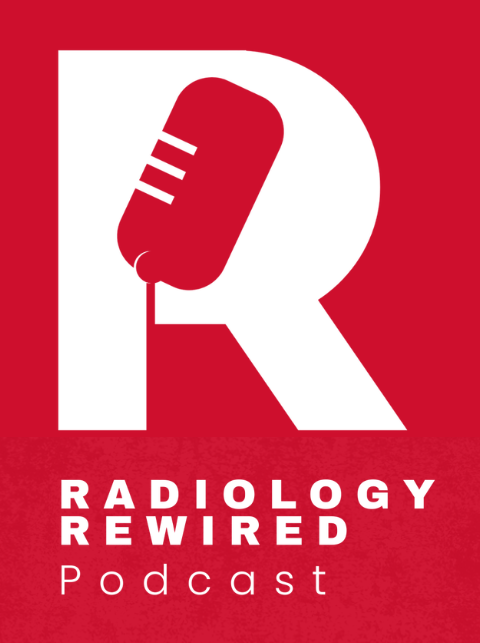A brain aneurysm is a weak or thin spot that occurs in the blood vessel wall, causing it to balloon out and fill with blood. An estimated 1 in 50 people in the U.S. have an unruptured brain aneurysm.
Brain aneurysms are not always life-threatening, especially when they are small and don’t change in size. There are typically no symptoms at this stage.
However, if the aneurysm steadily grows and starts to press on the surrounding tissues and nerves, symptoms can arise. If left untreated, it can rupture and bleed, leading to serious consequences, such as hemorrhagic stroke, permanent damage of brain tissue, or even death.
Once an aneurysm bleeds, the chance of death is about 50%. In those who survive, the chance of brain damage is about 66%, even if they undergo treatment.
Early detection of brain aneurysms saves lives!
A small unruptured brain aneurysm that doesn’t cause any symptoms doesn’t require immediate medical attention. They are commonly detected when undergoing imaging tests for a different medical condition. Once detected, regular checkups to monitor the aneurysm size, blood pressure, and cholesterol is recommended.
If the aneurysm continues to grow, depending on the aneurysm size, shape, location, and symptoms, surgical and endovascular treatment options can be considered to help stop the growth of the aneurysm, repair the blood vessel, and most importantly, prevent rupture and bleeding.
Accurate and early detection of brain aneurysms by getting a scan when experiencing symptoms of an unruptured (or ruptured) brain aneurysm can be critical to saving lives and preventing disability.
An early scan can make a difference
Even though treatment options are available when an aneurysm is detected early, misdiagnosis or delays in diagnosis occur in up to one-quarter of patients who visit the doctor with symptoms.
Delays or misdiagnosis can take place when patients are sent home without a scan, a conventional 2D imaging technique that does not allow for complete visibility is used, or there is human error in interpreting scan data. Delays or misdiagnosis may lead to rupturing of the aneurysm and a medical emergency.
Therefore, being aware of the symptoms of aneurysm and getting an early scan can make a difference.
Here are a few common symptoms of unruptured and ruptured aneurysms.
| Unruptured aneurysm | Ruptured aneurysm |
|
|
Check out how Rapid Aneurysm is improving aneurysm care by providing advanced 3D imaging and automating the process of proactively finding and tracking aneurysms.
Visit bafound.org to learn more about brain aneurysms and be your own health advocate.




